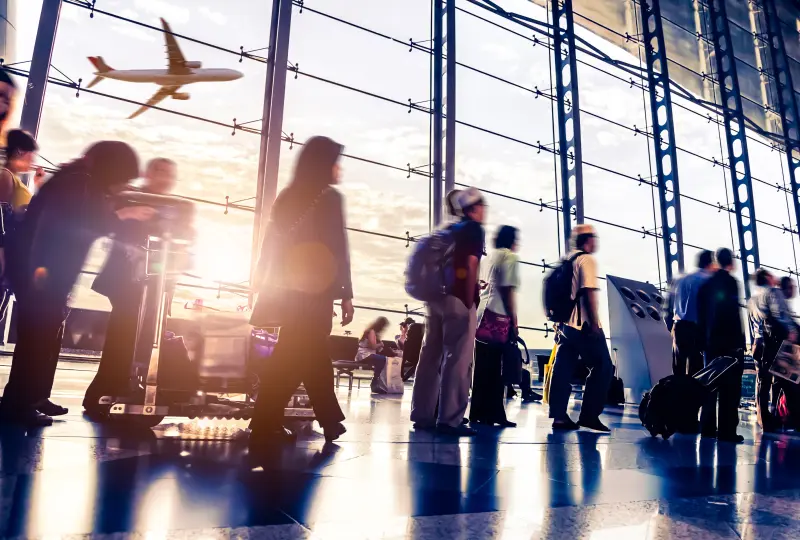The recovery in international passenger markets across Asia Pacific remains “robust”, as travel demand continued to grow despite inflationary pressures and the weakness in regional currencies, according to preliminary Jun-2023 traffic figures from the Association of Asia Pacific Airlines (AAPA).
Asia Pacific airlines carried 23.2 million international passengers in Jun-2023, representing a 159.3% year-on-year increase compared to the same month last year. In terms of revenue passenger kilometres (RPK), traffic surged by 131.1%, whilst seat capacity increased by 120.9%.
International demand growing faster than capacity and boosting loads
As such, the international passenger load factor of 82.2% in Jun-2023 was 3.6 percentage points higher than the corresponding month in 2022. Overall passenger traffic averaged 72.5% of 2019 levels for the month, with demand climbing alongside the expansion in flight frequencies and route networks.
‘Robust’ performance despite ‘muted’ global trade activity
Meanwhile, global trade activity was “muted”, according to AAPA, with the ongoing declines in new export orders. The easing in container shipping rates relative to air freight rates further discouraged demand for air shipments.
Against this background, air cargo demand, as measured in freight tonne kilometres (FTK), declined by 8.1% year-on-year in Jun-2023. By comparison, offered capacity edged 0.7% higher, leading to a 5.9 percentage point fall in the average international freight load factor to 60.7% for the month.
Asia Pacific airlines quadruple international passenger, boosted by upsurge in leisure and business travel demand
In the first half of the year, the number of international passengers carried by Asian airlines quadrupled to a combined total of 120 million, according to AAPA’s data, boosted by the upsurge in leisure and business travel demand, as the region’s economies have emerged strongly from the pandemic.
Myriad of factors impact Asia Pacific air cargo demand
During the same period, the region’s carriers posted a 10% decline in air cargo demand.
A myriad of factors, including “a post-pandemic shift in spending from goods to services and higher merchandise prices, weighed on global air cargo markets,” notes Subhas Menon, AAPA Director General.
Positive industry outlook buoyed by restoration of flights and networks
Looking ahead, Mr Menon believes the outlook for air travel “remains positive”, buoyed by “the ongoing restoration of flights and networks”.
“The travel and tourism sector is rebounding strongly and contributing to the global economy,” he adds.
- aapa
- asia
- passenger
- south pacific
- business travel
- recovery
- corporate travel
- leisure travel
- cargo









